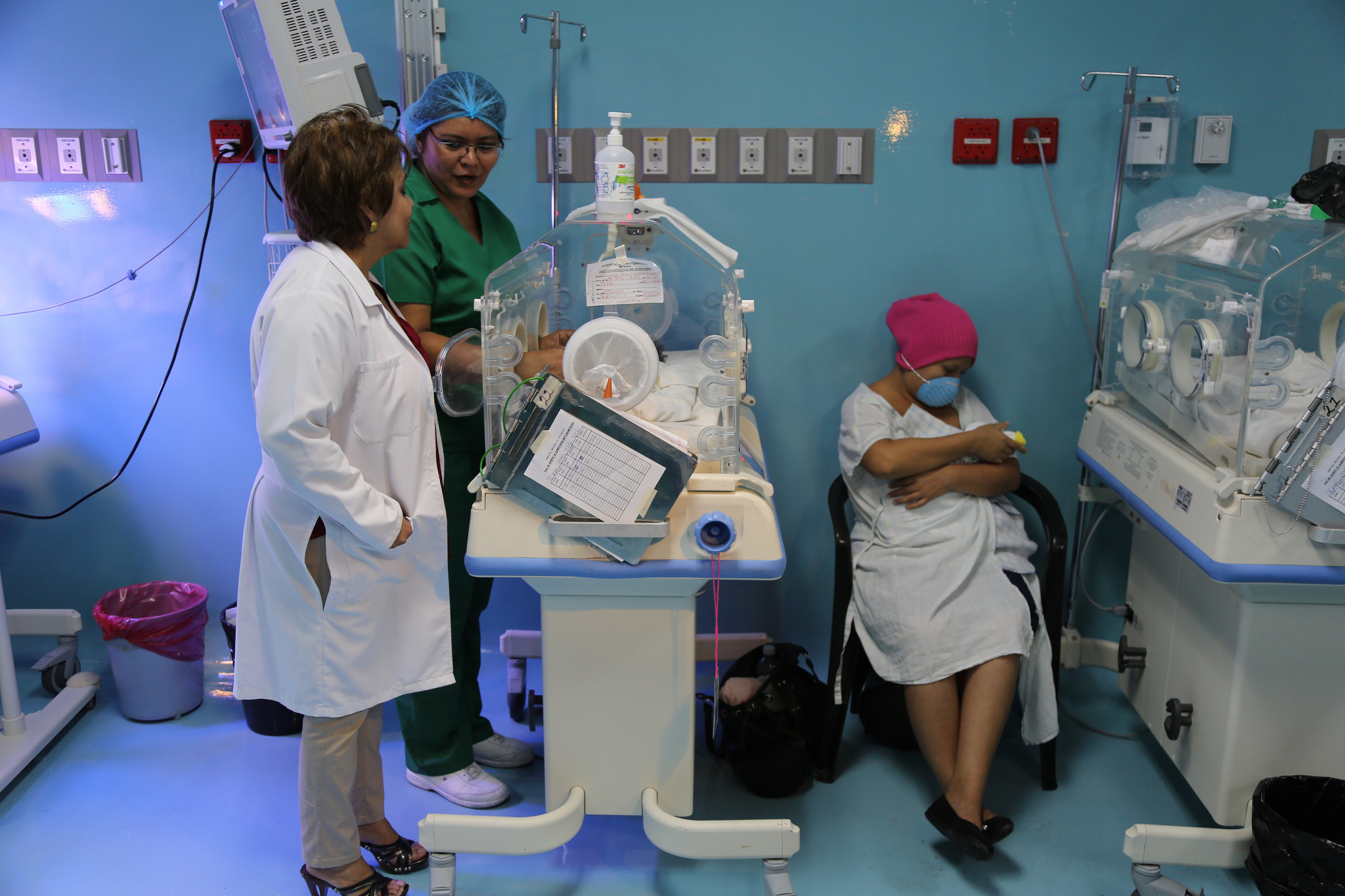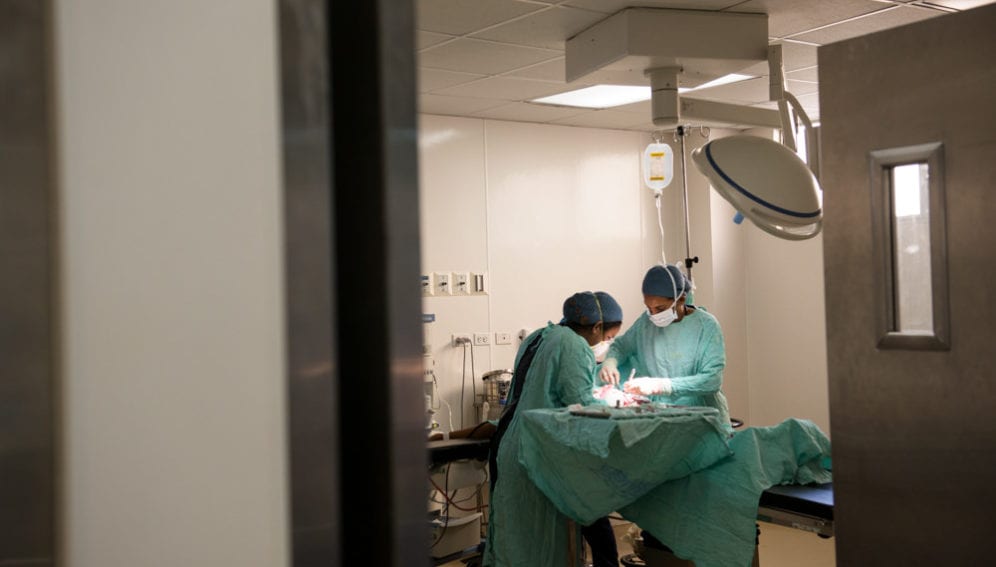Send to a friend
The details you provide on this page will not be used to send unsolicited email, and will not be sold to a 3rd party. See privacy policy.
[SÃO PAULO] More than 20 per cent of babies around the world are born by caesarean section, a study has revealed. C-sections are especially prevalent in Latin America, where almost half of children are delivered that way, but still unavailable to many of the poorest people.
The findings come from a huge study, published this month in The Lancet, which covered 98 per cent of births across 169 countries in 2015. It found that the proportion of births by C-section has almost doubled since 2000 when the figure was 12 per cent.
C-sections can save babies’ lives in difficult labours. However, the researchers behind the study said the procedure is overused in Latin America and the Caribbean, where its application jumped from 32 per cent to 44 per cent during the study’s timeframe. The World Health Organization (WHO) says that, considering the share of pregnancies that experience complications, the ‘normal’ rate of C-sections, assuming adequate medical care, should be between 10 and 15 per cent.
“The delivery through C-section might interfere with the new-born child’s gut macrobiotic composition, which could affect both his immunologic function and metabolic patterns”
Heloísa Bettiol, University of São Paulo
“Brazil, for example, has the second highest C-section rate in the world, after the Dominican Republic,” says paediatrician Fernando Barros at the Catholic University of Pelotas in Brazil, one of the study’s authors. He says that in 2009 more babies were born by C-section than by vaginal delivery — and in some private hospitals that number may reach 95 per cent. “Since then there has been no reduction, despite attempts by the federal government and medical agencies to tackle the issue.”
The researchers found that C-sections were remarkably common among educated women and more than five times as frequent among the richest fifth than the poorest fifth.
The study did not name any reasons for the spike in C-sections. But a 2015 WHO report found that many women prefer them because they provide the chance to plan the timing of the birth, especially in cultures where certain dates are associated with good luck. In some societies, C-sections are perceived as healthier, as they would protect women from developing complications such as incontinence.
Unnecessary C-sections, however, can be harmful to baby and mother. The procedure is invasive and can lead to secondary health problems for women. Barros also found that many babies born by C-section are delivered slightly before term, as doctors worked according to a predefined schedule rather than wait for contractions to set in.

Research has shown that babies delivered by C-section have a greater chance of developing asthma, allergies and other non-communicable diseases, which may be due to the lack of exposure to hormones and bacteria in the vaginal tract during birth.
Bettiol says that when children pass through the vaginal canal, they receive their first microbial inoculation. “The delivery through C-section might interfere with the new-born child’s gut macrobiotic composition, which could affect both his immunologic function and metabolic patterns,” she says.
The Lancet study also highlighted that caesarean are still not available for many women in low-income countries. For instance, in sub-Saharan Africa, only 4 per cent of babies are delivered by C-section.
The study coordinated by Heloísa Bettiol is supported by FAPESP, one of SciDev.Net’s donors.














